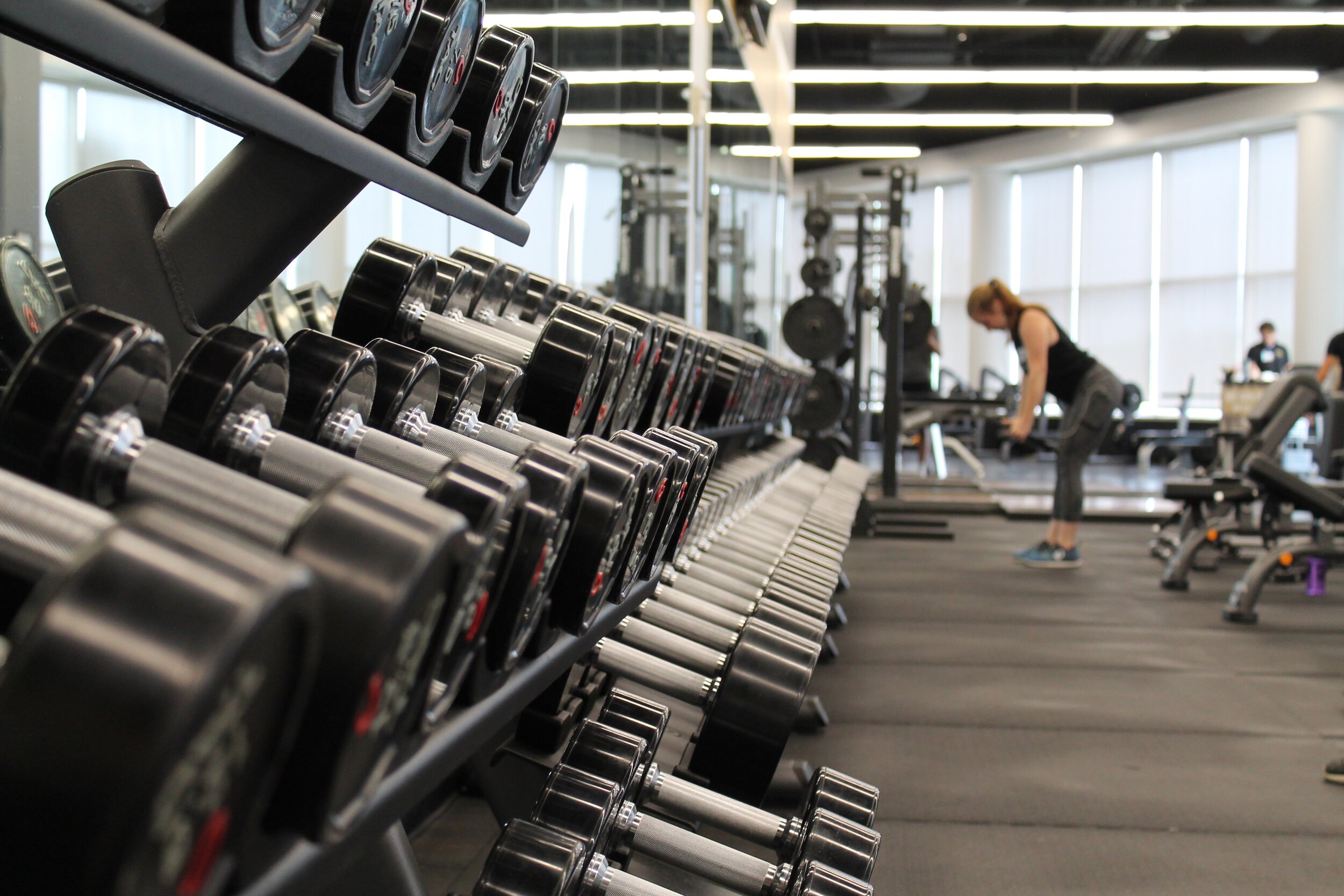How to Build an Emergency Kit for Less

Mother nature has officially taught us that Texans aren’t immune from Disasters. We’ve dealt with hurricanes, wildfires, floods and tornadoes over the years as well as sweltering summers, and now it seems it’s time for Texans to worry about the big freeze on top of everything else. While the type of disaster may differ, one thing remains the same: You need an emergency kit.
I’m not going full-no doomsday prep in this article. There’s plenty of folks online happy to sell you supplements and ready-made survival kits for hundreds of dollars — that aint me. Preparing for a disaster like the big freeze doesn’t have to be expensive. These five tips can help you build a kit that works for you and your family.
5. Decide What You Need in Your Emergency Kit
Apartment living often has different needs than home ownership. If you’re living the apartment life, there’s good news: fallen tree limbs won’t be your problem, and most of the maintenance work isn’t either. On the other hand, if you’re a homeowner, you may want to consider what tools you may need to buy and what you can borrow. This might be the time to channel your inner Hank Hill and collaborate with the neighbors to see who has what and then create a plan that helps everybody win.
In terms of the basics, The Red Cross recommends you keep certain non-perishables like water and canned goods on standby. They also offer a great survival kit quiz to better understand your needs. Other items you’ll want are extra batteries, clothes, blankets, and if possible additional medicines you may need.
4. Save Money on Prep
Save yourself some cash when you make your emergency kit by working with what you've already got. Make sure that you have things like phone charges and external batteries, cables for essential devices and even some emergency cash easily accessible in the event of an emergency. If you have the space to accommodate it, consider prepping water in cleaned out gallon jugs. While you may have a case or two of bottled water to drink, these can save you a ton of time and headaches when it comes to cooking, bathing, and — in some cases — using the bathroom. It’s also good for drinking too. Be sure to write a date on each container and change them out every six months.
The CDC recommends storing at least one gallon of water per person per day for drinking and sanitation. You should aim for at least a week’s supply — more, if you have the space to store it.
3. Prep The Non-Perishables
Make sure that you stash enough food for your household for the long haul. When it comes to food, it’s important to recognize that if you’re breaking out the rations, it’s time to rough it. But it doesn’t have to be horrible. Stock up on things like granola bars, peanut butter, and dried fruit. Buy these items in advance and you’ll likely be able to find them on sale instead of hunting through empty shelves when the weather starts to get bad.
Once these are taken care of, be mindful of the dietary needs of your household. If you’ve got a baby on board, stock up on formula and jars of baby food. Fresh foods aren’t going to last long, so those should be saved for last-minute grabs if they’re available. And if possible, keep your family’s taste buds in mind — if nobody likes fish, buying 20 cans of tuna isn’t going to be very helpful.
2. Create a First-Aid Kit
When it comes to first aid, it’s better to have it and not need it than to need it and not have it. Make sure that you’re stocked up on essentials like gauze, tweezers, ibuprofen, antibiotic ointment and adhesive bandages. Whether you’re riding out a winter freeze or evacuating due to a flood, these items can make a big difference.
There’s tons of pre-made first aid kits on the market, but in most cases you’re better off building out your own. You’re likely to get better quality products than what you’d find in a pre-made kit, and you’re more able to tailor your kit to your needs — do you have someone that needs an EpiPen or an inhaler? You’re not going to find those on sale, but you can find various bandages on sale throughout the year. Once you’ve got a good understanding of what your first aid kit needs, make a large kit for home and a smaller one to keep in your car. This can be handy even outside of a natural disaster.
1. Important Documents
One often overlooked piece of an emergency kit is your personal documents. Many people keep the important documents in generally safe places like a desk drawer or the car registration in the glove compartment, but if you’re in an emergency, you may not have access to these or you may not think to grab them. The best course of action is to make copies of these documents to store in your emergency kit and away from your home somewhere secure like a safety deposit box. If you’re unsure of what documents to prepare, consider these:
Birth, marriage, adoption and death certificates.
Insurance cards, prescription information and contact info for your health providers.
Social security card and driver’s license.
Home and car title, mortgage papers, etc.
Many of these documents can also be stored digitally, making them more easily accessible regardless of location. If you can, upload copes of these documents to Google Drive or a similar service to keep easy access.
Nick Bailey is a forward thinking journalist with a well-rounded skill set unafraid to take on topics head on. He now resides in Austin, TX and continues to create content on a daily basis.







